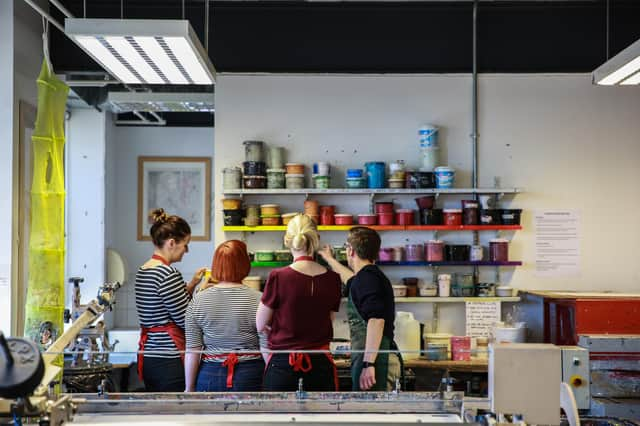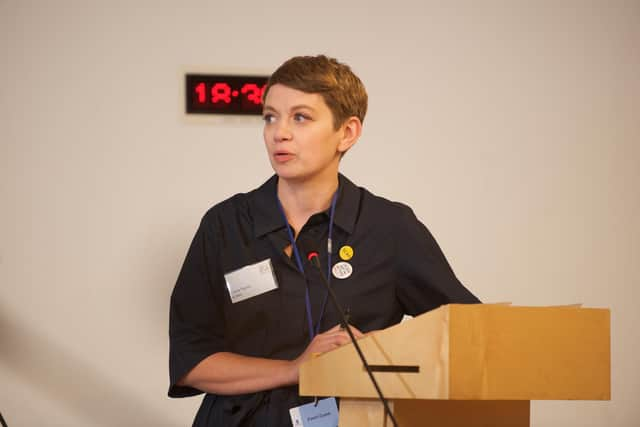One in three of Scotland's artists left without any work


The first major survey of the visual arts sector on the effect of lockdown restrictions has laid bare their impact on the sector, with three quarters of those surveyed saying they had lost income last month.
According to the survey, which was carried out by the Scottish Contemporary Art Network (SCAN), 15 per cent of visual arts organisations and galleries said they were likely to have to make staff redundant and 19 per cent were likely to have to take on extra debt.
Advertisement
Hide AdAdvertisement
Hide AdThe arts body said the sector was grappling with having to close down all venues and production facilities, furlough staff and plan ahead for cultural venues being among the latest places to reopen as social distancing restrictions are eased.


Around 28 per cent of the artists who responded said they were self-employed and had no working coming in at all, with a further four per cent made redundant and five per cent put on furlough.
SCAN director Clare Harris said: “Artists, art workers and arts organisations are interconnected; with many in the visual art workforce making a living from their own practice combined with a range of work.
“Our survey gives us a view across the visual art infrastructure and highlights to government and funding bodies the extent of the crisis and the very real impacts on livelihoods.
“As governments across the UK begin to roll out lockdown exit-planning, we need to work hard for a recovery that will enable the visual art community to get back on its feet and continue to produce work that has a far-reaching benefit for our society.”
Beth Bate, director of Dundee Contemporary Arts, which celebrated its twentieth anniversary last year, said: “Institutions like ours play a key role in our society: as employers; as a place for audiences to access a broad and vibrant range of creative experiences; as a source of sustained and sustaining community engagement; as a vital platform for artists at all stages of their careers through exhibiting in the galleries, participating in our public programmes or working in our production facilities; and as a key part of the tourism economy.
“The risks the sector faces will affect all elements of our work and must be mitigated in the coming weeks and months.
Advertisement
Hide AdAdvertisement
Hide Ad“We are in a relatively fortunate position thanks to our track record of financially responsible management and the concerted effort we’ve put into diversifying our income.
“But despite those efforts, the current situation leaves us exposed to enormous risk in the medium to long term.”
Gareth James, manager of the Gallery of Modern Art in Glasgow, said: “Audiences always come first. Despite this unusual situation, the main focus of our work remains the same: to provide our audiences with engaging and interesting content based around our museum collections.
“We will see a significant drop in income from donations, from the shop and café. The tourist market will be dramatically reduced, because people just can’t get to us.
“We still don’t know whether we will have visitors who’ve come into the city to do their work or shopping. As we await further guidelines, we’re thinking about how our audience will change.
“GoMA has always been hugely popular with the visiting public and we're sure that will be that case in the future.
“But at the moment we just don't know when we'll be able to safely welcome visitors back in. One thing we do know is that contemporary art practice is endlessly inventive, and that gives us hope.”
Comments
Want to join the conversation? Please or to comment on this article.